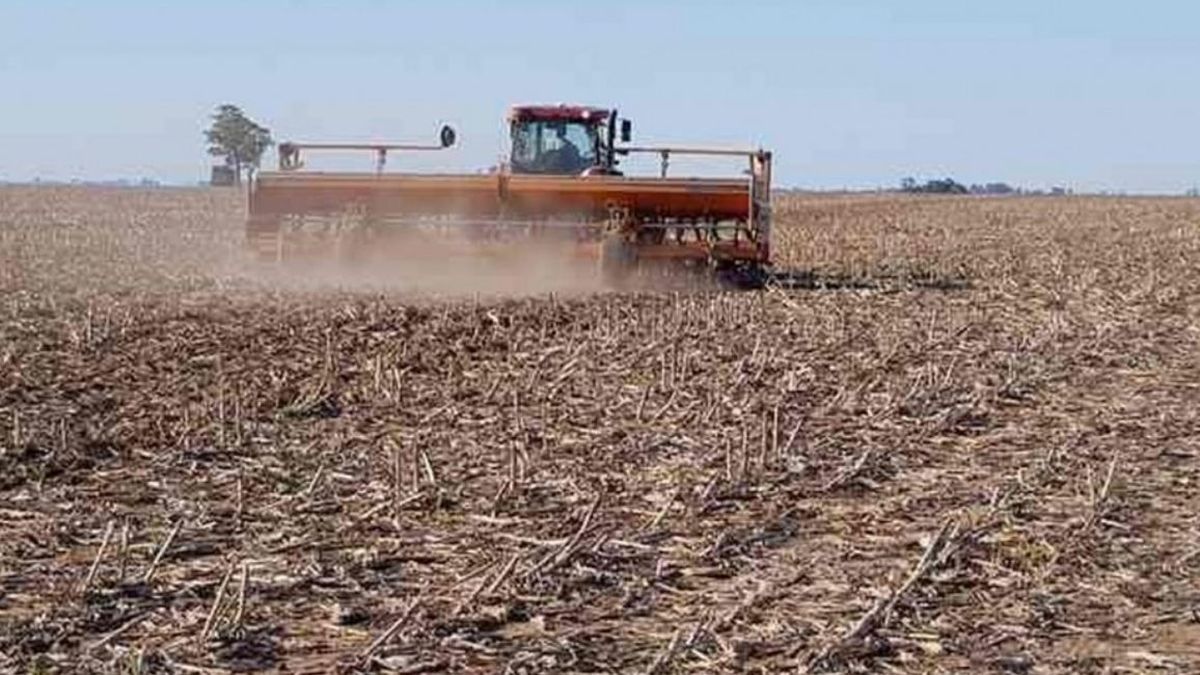In the field they say that it is an unprecedented situation that is happening with wheat and by far it will be the worst campaign in history as a result of the drought. It is that the rains never came and it is directly expected that a high percentage of the planted crop cannot be harvested. The technicians who visit the core region detail: “More than 60% of the wheat is in this situation. It is very likely that they will not reach the harvest, they are batches that have not had any rain. In addition, they were planted with a strong investment in dollars since they were fertilized to exceed 40 to 50 quintals per hectare and today drying them is being evaluated. For this not to happen, it would have to rain between 20 to 60 mm before the first half of October”. That last scenario would be the best but today it seems very unlikely.
The first estimates anticipate that wheat production this campaign would reach just over 17 million tons, thus reducing the exportable balance by at least 3 million tons, which is why greater pressure is expected towards the end of the year and the beginning of the next, since the long-awaited wheat dollars will arrive but slowly, taking into account that the harvest could show even more depressed values.
On the other hand, as far as corn planting is concerned, which should have already started strongly for this time of year, as a prelude to soybeans, the lack of rainfall is delaying all plans. What’s more, agronomists currently recommend waiting so as not to invest in technology in a campaign that can bring great productive losses.
In the core area, only 100,000 hectares have been planted so far, which represents 5% of the estimated total.. At this point last year, around 75% had already been implemented. “It is estimated that this year 1.5 million hectares will be planted intentionally, 22% less than a year ago. And with early corn, it is expected to plant 750,000 hectares. But given this scenario of lack of water, they could even be less than estimated: more hectares could be planted late and more hectares could be planted with soybeans. Numerous areas warn that between 70 to 75% of early corn could become late.”
The lack of rainfall could become a headache for the Argentine economy because, beyond the drop in foreign exchange earnings from wheat and, to a lesser extent, from corn, soybean planting could also be in danger and that is why the next few weeks will be keys to understand what is coming.
For now, October does not arrive with the best forecasts. “Some rains may occur in the first days of October but, once again, moderate and predominating over the south of the Pampas region. For the moment, everything indicates that the first week of the new month will maintain a deficient rainfall behavior, similar to that of the last thirty days”, forward the climatologist José Luis Aiello.
Source: Ambito
David William is a talented author who has made a name for himself in the world of writing. He is a professional author who writes on a wide range of topics, from general interest to opinion news. David is currently working as a writer at 24 hours worlds where he brings his unique perspective and in-depth research to his articles, making them both informative and engaging.




